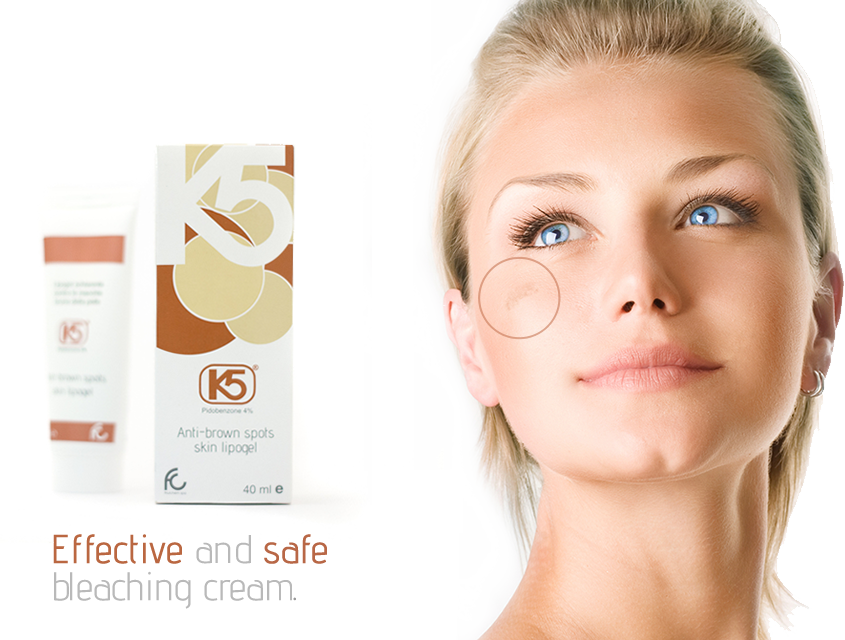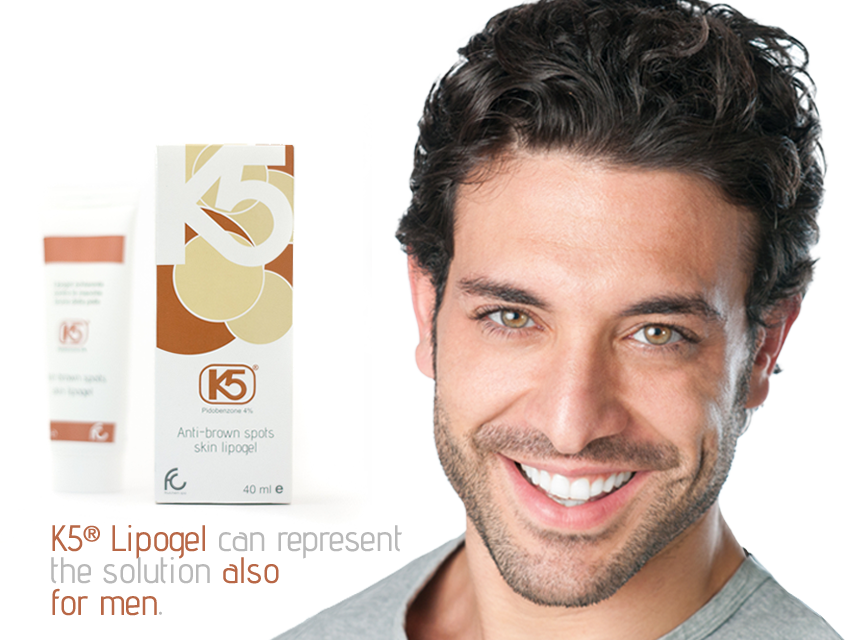After the scandal of Japanese cosmetics giant Kanebo, which, with its whitening creams has caused considerable discomfort to the skin of a large number of Asian consumers, one wonders what the risk-benefit ratio is, after the application of a Whitening Cream.
Among the components under scrutiny of the over 450 thousand creams withdrawn from the market, there would be white birch bark, although it still isn't entirely clear whether that was the ingredient causing itching, tingling and white patches.
To treat skin blemishes (leaving aside the purely cosmetic products such as Kanebo, but entrusting the professional dermatology world), a product based on Pidobenzone has been used successfully for over ten years. It is a molecule that acts on hyperpigmentation and that, unlike hydroquinone (withdrawn from the market because of its toxic and irritant action), does not cause any side effects.
People treated with Pidobenzone-based lotions have achieved good results with a total absence of significant side effects, including redness, burning, and irritation. Not only that: K5® Lipogel (the name of the product) has proved effective also in the treatment of freckles and scars left by acne. The whitening action of K5® Lipogel also takes place through salicylic acid, that plays a gentle exfoliating action accelerating and facilitating the depigmenting effect of Pidobenzone.
As explained by dermatologists that employ it for their patients, to obtain satisfactory results it must be applied for three consecutive months, one to two times a day, depending on the size of the spot.


